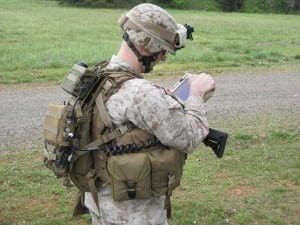
Qinetiq North America (QNA) views robotics controllers as one of many growth areas it is focusing on in the near future, according to a key executive. QNA has developed a portable controller that can command a wide variety of unmanned systems ranging from aerial vehicles (UAV), surface vehicles (USV), underwater vehicles (UUV) and unattended ground sensors (UGS). Known as the Tactical Robotic Controller (TRC), the vehicle can be quickly transformed from a wearable system to a vehicle-mounted system in seconds.…













